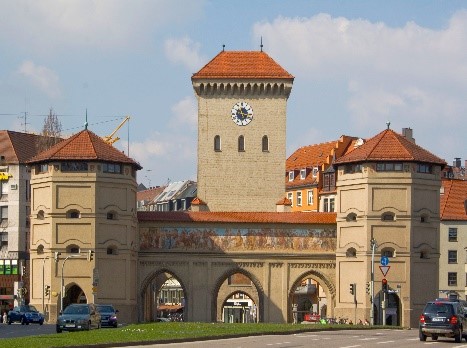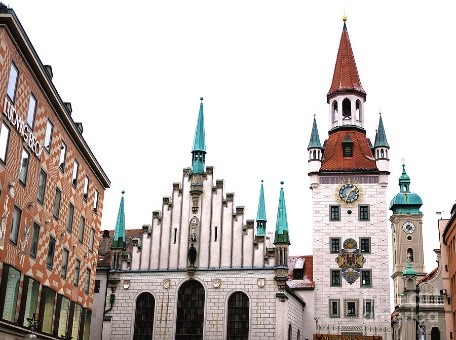Munich has a very interesting history. Germany has faced tough situations for several years. It, among other reasons, has made Germany a powerful country. There are a lot of places that have historical relevance, and you might not even know it. Therefore, I have gathered information about some of them, to make sure you do not miss it next time you visit:
- Altes Rathaus: The Rathaus (city hall) is the old town hall of the city. As can be inferred, it is the center of political life early in the region’s history. Nowadays, it serves as a toy museum and it held events. The Altes Rathaus is used for representative purposes today since it is such an important icon for the city of Munich.
- Ludwig – Maximilian – Universität: This is the second biggest University in Germany. It was founded in 1472 and its main building has been in operation since 1840. The main building is mainly used as a large auditorium where lectures and events are held.
- Feldherrnhalle / Odeonsplatz: The Feldherrnhalle is a hall located at the end of Odeonsplatz. It was built on behalf of King Ludwig in 1841. Ludwig wanted the Feldherrnhalle to be a monument to honor the Bavarian army. It became a worship place for the National Socialists. However, some people managed to use the Viscardigasse (street behind the hall) as a detour and avoid worshiping the party. Today, there are golden stones making a path to commemorate this silent protest.
- Isartor Medieval Gate: It was built between 1285 and 1347 during Ludwig of Bavaria´s kingdom. It was during a major expansion of the city. It is a symbol of the history and strength of Munich.
- Sendlinger-Tor: Another medieval gate of the city out of the three remaining ones. It dates to the 14th century. Its underground station remains one of the most important ones in the city and it will be modernized by 2020.
Most of these structures have been renovated since they were destroyed after WWII. If you are interested, you can find more information in Muenchen.de.
Blog submitted by Eugenia Sanchez



